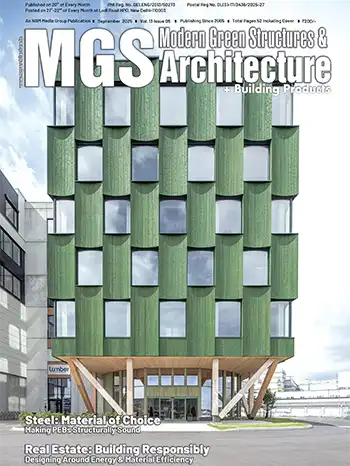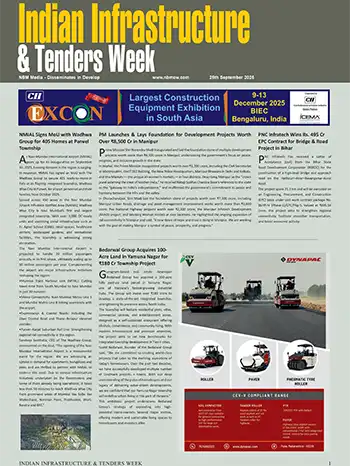
Architects should design with sensitivity towards the topography and any special features at the site and maximize the benefits of climatic conditions. Design which is truthful in its existence; has a distinct personality; it is based on appropriateness and does not seek to just impress. It materializes from nature and it complements nature. A project must not be dependent on outer means for its goal of sustainability, rather, its very soul must be sustainable.
Sustainability should not be driven by compulsions imposed by the market. It should be ‘nature and natural’. It should be ‘fal khao jad nahin’.
The grand aim must be to create an architecture which is socially sensitive, utilizes nature to its fullest and gives back to it, takes care of human values, utilizes technical advancements in construction, and creates smart services and systems. The prevailing pseudo-sustainable models and materials are getting exposed; the public has started distinguishing between what is sustainable and what only maintains the facade of sustainability.
Today, a common practice is to increase the overall load of air-conditioning by creating unnecessarily huge volumes in the name of grandness and then reducing it by a meagre 20% with equally expensive methods. Calling such calculation gimmicks ‘sustainability’ is concerning, to say the least. Such capitalist propaganda and marketing gimmicks about sustainability is getting revealed. Corporations can no longer hide behind the mask of green; rather they should aim to achieve a sustainable goal which is democratic and suits people.

It is high time that we recognize our true nature as an Indian and start building to cater to our real needs.
The market driven star-rating model being popularly adhered to, comes with its fair share of maligned intensions. It increases consumerism and runs on false notions. If we strictly refer to it, our most sustainable thatched jhoparis will get the poorest of ratings - far from a platinum one. Consumers are no longer blindsided to these facts.
Historically, Indians have been practicing sustainability for the longest time. We have always relied on recycling, as well as constructing with local materials and techniques. Our vernacular architecture has always been deep-rooted in sustainability, cost effectiveness, and responding to our socio-cultural values.















